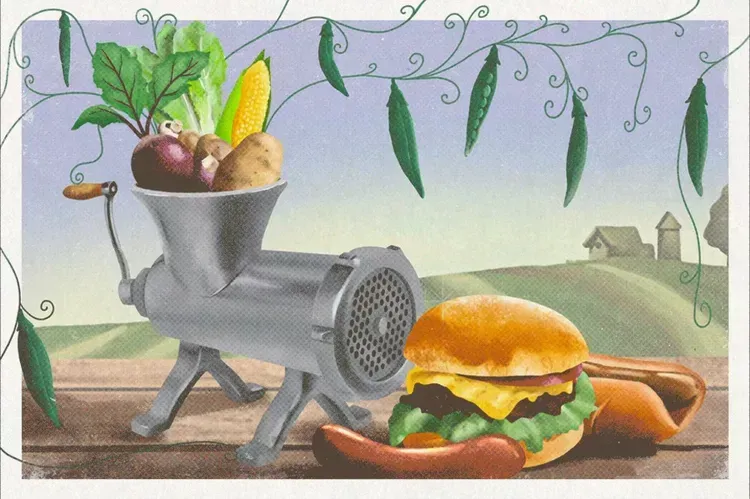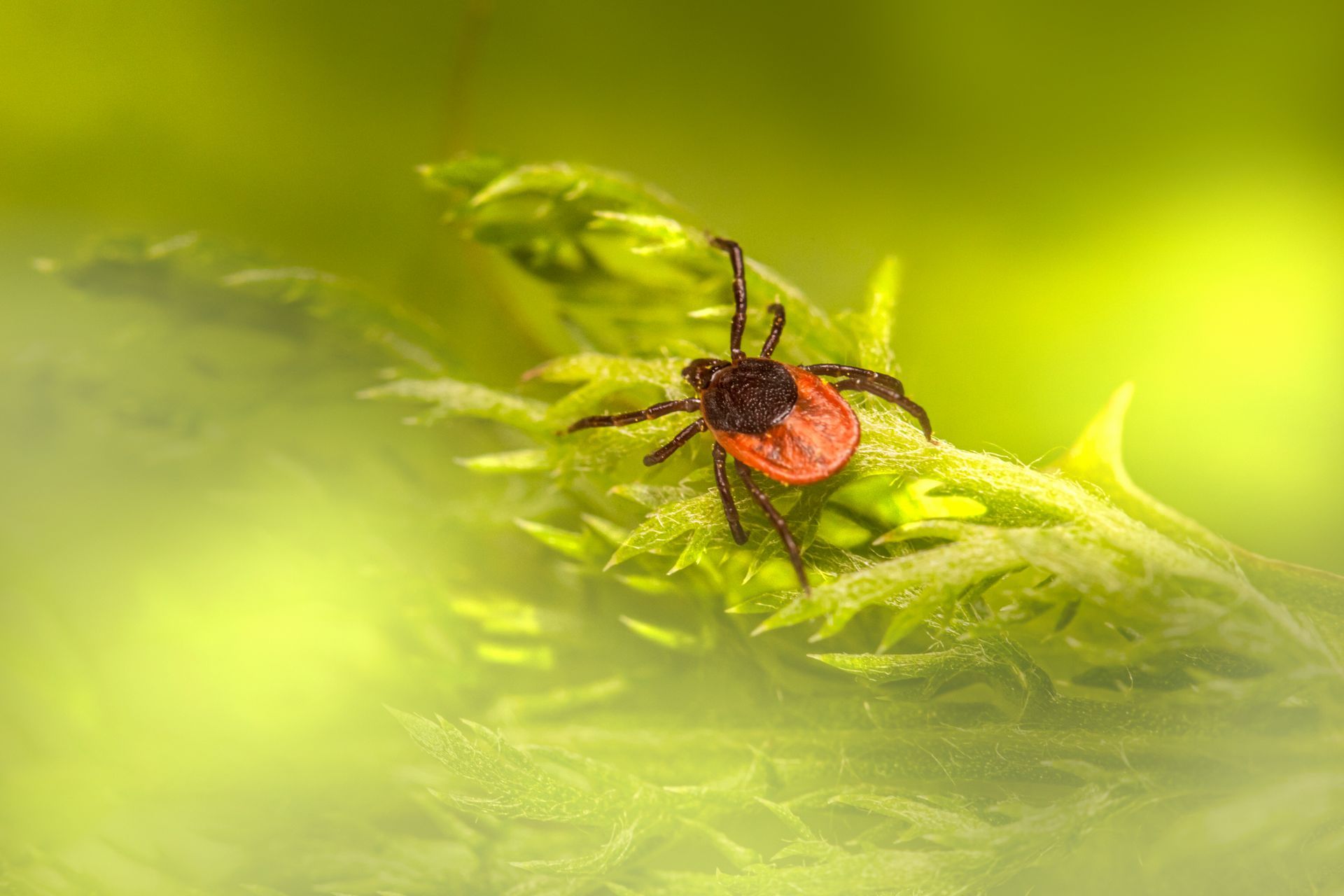Don't Create a Buzz! What To Do If You Find a Bee Colony on Your Property
Ana Durrani, provided byMarch 26, 2021
Updated: March 26, 2021 2:31 p.m.
The sight of one bee alone can send most people running for cover. But an entire buzzing swarm on your property? That's a serious problem—and, for most of us, a bit of a freakout. If you ever encounter a swarm or nest around your home, there are some concrete steps you should take.
“Determining Experts recommend photographing or filming the entrance to the nest or bees hanging in a tree to help identify the insect.what kind of bee or wasp you're dealing with is important," says Brock Harpur, assistant professor of entomology at Purdue University’s College of Agriculture. "Apps like iNaturalist and services like Purdue's diagnostics lab can help you make those determinations."
There are a number of stinging insects that can be found in and around your property. Honeybees, for example, are fuzzy, amber, and brown-striped. They are social insects that live in colonies with a single queen, a few hundred drones, and thousands of worker bees. They do not purposely seek out victims to sting, unless their nest is threatened. However, keep an eye out for more dangerous and unpredictable stinging insects like paper wasps, hornets, and yellow jackets. When their nest is threatened, the colony will launch a coordinated attack.Don't provoke them
If you see bees, avoidance is your best policy. Honeybees will generally leave people alone, unless they are prodded with sticks and stones, sprayed with water, or out of food, which may make them more defensive.
“Do not disturb the colony,” says Harpur. “Don't approach it or disturb it in any way.”
Determine where bees are coming from
Are the bees coming from outside the house—or inside? It's important to know because you might have a colony of bees on your property that can be harmful to you or the structure of your home, such as the siding.
If you hear buzzing sounds in your walls, there’s more than likely a large number of bees that have made their home inside. If you find a nest inside, call a professional insect control expert, pronto.
Avoid using sprays or insecticides
Bees are responsible for nearly 80% of all pollination worldwide. Seventy of the top 100 human food crops, which supply about 90% of the world’s nutrition, are pollinated by bees, according to Greenpeace. So get your hand off the insecticide trigger.
“Do not spray,” says Robyn Underwood, entomologist and an assistant research professor at Pennsylvania State University. “Over-the-counter pesticides are not particularly effective. You could end up poisoning yourself, your family, and your pets. And bees are often living in hard-to-reach places.”
Do not try to remove bees yourself
Even if it's a small, seemingly harmless swarm in your tree, do not attempt to remove it. If you’re not a beekeeper, step away.
Trying to remove bees with DIY hacks you found online will not only disturb the bees but will likely put you in danger and get you stung. And, we beg of you, don't try to emulate expert beekeeper Erika Thompson who set social media abuzz for using her bare hands to transport a colony of thousands of honeybees from a backyard shed to a new hive.
Call a bee removal professional
Handling bee swarms or hives depends on their location and if they are establishing a hive. Experts say swarms will move on without establishing a hive, but if bees establish a colony in a home, then they need to be removed.
“Beekeepers will gladly remove a swarm," says Underwood. "This is generally quick and easy and should be done as soon as possible, so that swarm does not move into a cavity."
Harpur says calling a local beekeeper or beekeeping group can help determine “the best ways to either remove the colony or prevent it from coming back the following year.” Many beekeepers will do it for free or at little cost.
Experienced beekeepers can remove swarm clusters by gently brushing or shaking the bees, placing them into a cardboard box, and taking them away.
If bees have set up their home in a cavity of some sort, a beekeeper will “likely have to open the cavity, which could include some removal of bricks, siding, soffits, drywall, or floor boards," says Underwood.
The post Don't Create a Buzz! What To Do If You Find a Bee Colony on Your Property appeared first on Real Estate News & Insights | realtor.com®.
You might also like
Jaynie Norman


